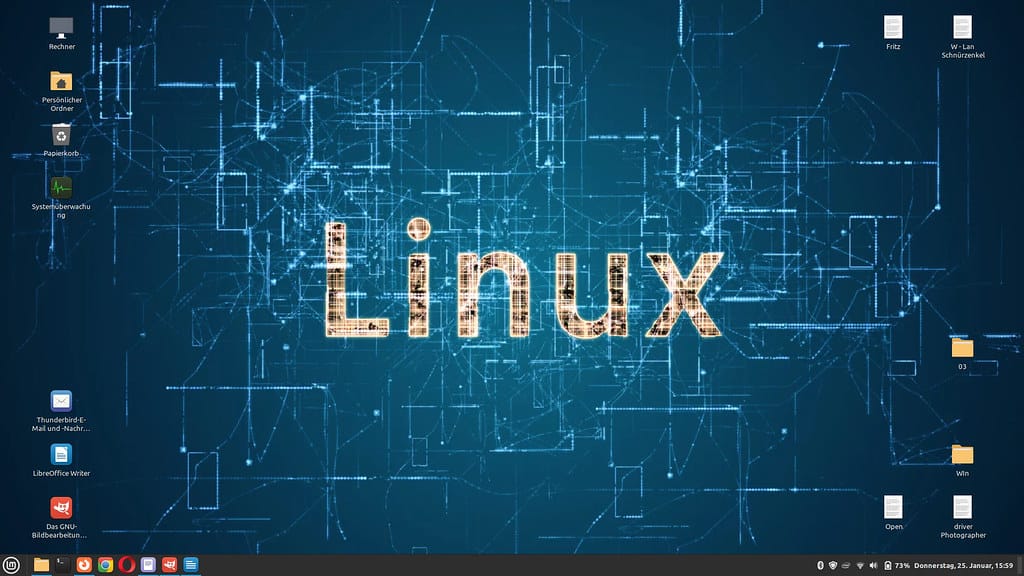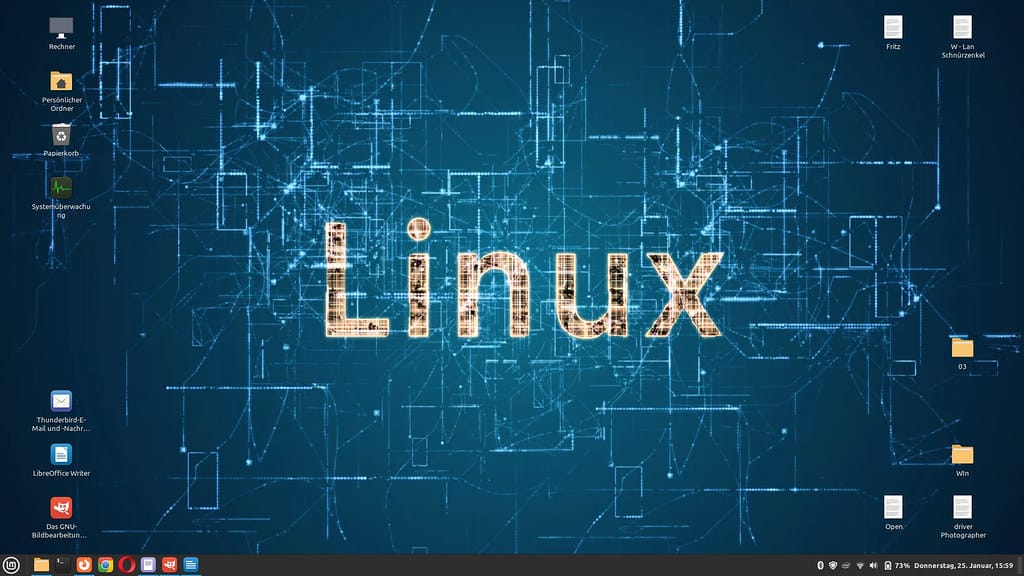Linux Desktop Finally Breaks the 6% Barrier: A Quiet Revolution in Computing
After decades of predictions about the "year of Linux desktop," something remarkable has quietly happened: Linux desktop usage has officially crossed the 6% threshold, according to a comprehensive analysis of 15 million systems. This milestone represents more than just a number—it signals a fundamental shift in how users approach personal computing.
The Numbers Tell a Compelling Story
The latest data from system analytics across 15 million desktop installations reveals Linux now commands a 6.2% market share, marking its highest recorded adoption rate in mainstream computing. This figure represents a steady climb from the sub-2% territory Linux occupied just five years ago, demonstrating consistent, organic growth rather than a temporary spike.
To put this in perspective, 6% of the desktop market translates to approximately 180 million active Linux desktop users worldwide—a user base larger than the entire population of Russia. This isn't the domain of hobbyists and developers anymore; it's a substantial computing ecosystem.
What's Driving the Linux Renaissance?
Several converging factors have contributed to this breakthrough moment for Linux desktop adoption.
Hardware Compatibility Maturation
Gone are the days when installing Linux meant wrestling with incompatible drivers or sacrificing functionality. Modern distributions like Ubuntu, Pop!_OS, and Linux Mint now offer plug-and-play experiences that rival traditional operating systems. Graphics cards, wireless adapters, and even specialized gaming peripherals work seamlessly out of the box.
Gaming Revolution
Steam's Proton compatibility layer has transformed Linux from a gaming wasteland into a viable platform for enthusiasts. With over 80% of the top Steam games now playable on Linux, the primary barrier keeping gamers tethered to other operating systems has largely evaporated. The Steam Deck's success has further validated Linux gaming, introducing millions to the ecosystem.
Privacy and Security Consciousness
Growing awareness of data collection practices has driven privacy-conscious users toward open-source alternatives. Linux distributions don't harvest user data, display advertisements, or force unwanted updates—luxuries that feel increasingly precious in today's computing landscape.
Enterprise and Educational Adoption
Forward-thinking organizations have begun deploying Linux desktops to reduce licensing costs and improve security. European governments, educational institutions, and cost-conscious businesses are leading this charge, creating a ripple effect as employees become familiar with Linux environments.
Distribution Breakdown: The Winners and Losers
The 15-million-system analysis reveals interesting patterns in distribution preferences. Ubuntu maintains its position as the most popular choice, commanding roughly 35% of Linux desktop installations. However, more specialized distributions are gaining ground:
- Pop!_OS has carved out a significant niche among developers and creators
- Linux Mint continues attracting Windows refugees seeking familiarity
- Arch Linux and its derivatives appeal to power users demanding customization
- Elementary OS draws users prioritizing aesthetic polish
Corporate Implications and Market Response
Major software vendors are taking notice. Adobe has begun testing Creative Suite applications on Linux, while Microsoft has expanded its Linux support through VS Code and edge browser development. These moves suggest corporate recognition that Linux desktop users represent a valuable, tech-savvy demographic worth pursuing.
Hardware manufacturers are also responding. Dell, HP, and Lenovo now offer select models with pre-installed Linux options, signaling mainstream acceptance of Linux as a legitimate desktop platform.
Challenges Remain on the Horizon
Despite this progress, Linux desktop adoption faces persistent obstacles. Software compatibility gaps remain for specialized professional applications, particularly in creative industries. The fragmented nature of Linux distributions can confuse newcomers, and the learning curve, while reduced, still exists for users transitioning from other platforms.
The Road Ahead: Sustainable Growth or Flash in the Pan?
The 6% milestone represents more than statistical achievement—it demonstrates Linux desktop has achieved sustainable momentum. Unlike previous adoption spikes driven by specific events or controversies, this growth appears rooted in genuine improvements to user experience and expanding use cases.
Key takeaways for stakeholders:
- Linux desktop has achieved legitimate mainstream viability with 6%+ market share
- Gaming compatibility and hardware support have reached practical parity with alternatives
- Privacy concerns and cost considerations continue driving adoption in enterprise and educational sectors
- Software vendors and hardware manufacturers are beginning to treat Linux users as a addressable market segment
The question is no longer whether Linux desktop will succeed, but how quickly its growth will accelerate as these trends continue converging.

